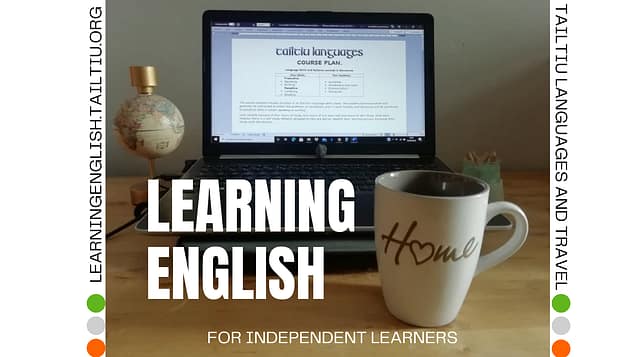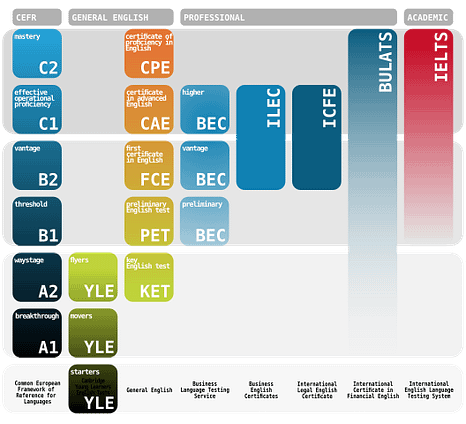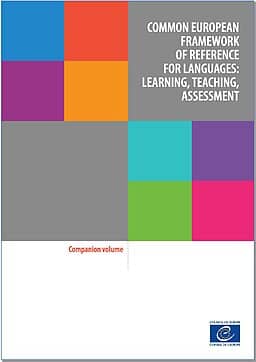Understanding Common European Framework (CEFR) Levels: A Guide for Parents and Students
As a parent or student navigating the world of English language learning, understanding the Common European Framework of Reference for Languages (CEFR) and its competence levels is crucial. Whether you're embarking on a language learning journey or supporting your child through it, comprehending these levels will provide clarity and direction. Let's delve into what each level entails and how it can shape your language learning experience.
A1 (Elementary or Beginner):
At the A1 level, learners are taking their first steps into the English language. They can understand and use familiar everyday expressions and very basic phrases aimed at satisfying specific needs. Think of simple greetings, introducing oneself, and asking and answering basic questions about personal details.
A2 (Pre-Intermediate):
Moving up to A2, learners begin to communicate in more varied situations. They can understand sentences and frequently used expressions related to areas of immediate relevance (e.g., basic personal and family information, shopping, local geography). A language user can also communicate in simple and routine tasks requiring a simple and direct exchange of information.
B1 (Intermediate):
As learners progress to B1, they gain confidence in their ability to communicate. Learners can understand the main points of clear standard input on familiar matters regularly encountered in work, school, leisure, etc. They can also produce simple connected text on topics that are familiar or of personal interest and describe experiences, events, dreams, hopes, and ambitions, as well as briefly give reasons and explanations for opinions and plans.
B2 (Upper Intermediate):
B2 marks a significant milestone where learners achieve a level of independence in their language skills, understanding the main ideas of complex text on both concrete and abstract topics. These might include technical discussions in their field of specialisation. They can interact with a degree of fluency and spontaneity that makes regular interaction with native speakers quite possible without strain for either party.
C1 (Advanced):
At the C1 level, learners exhibit a high degree of proficiency in English, understanding a wide range of demanding, longer texts and recognize implicit meaning. They can express themselves fluently and spontaneously without much obvious searching for expressions. They can use language flexibly and effectively for social, academic, and professional purposes.
C2 (Proficient):
Finally, C2 represents near-native proficiency. Learners at this level can understand with ease virtually everything heard or read. They can summarize information from different spoken and written sources, reconstructing arguments and accounts in a coherent presentation. Their language usage is precise, appropriate, and well-structured, even in more complex situations.
Understanding the Common European Framework Levels
Understanding these levels can help both parents and students set realistic goals and track progress effectively. For parents, it provides insight into what their child is expected to achieve at each stage of their language learning journey. For students, it offers a roadmap for improvement and a sense of accomplishment as they move through the levels.
When preparing for exams or assessments aligned with Connom European Framework levels, it's essential to focus on developing the four key language skills: listening, speaking, reading, and writing. Practice materials and resources tailored to each level can be immensely helpful in honing these skills and building confidence.
Furthermore, language learning is not just about memorizing vocabulary and grammar rules; it's also about cultural immersion and real-world communication. Encouraging students to engage with English outside the classroom through activities like watching movies, reading books, and participating in language exchange programs can greatly enhance their learning experience.
Learn the value of the Common European Framework
In conclusion, the CEFR levels serve as a valuable framework for both parents and students to understand and navigate the English language learning journey. By understanding these levels and focusing on continuous improvement, learners can achieve their language goals and open doors to new opportunities in an increasingly globalized world.


